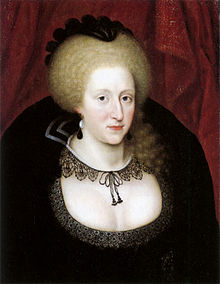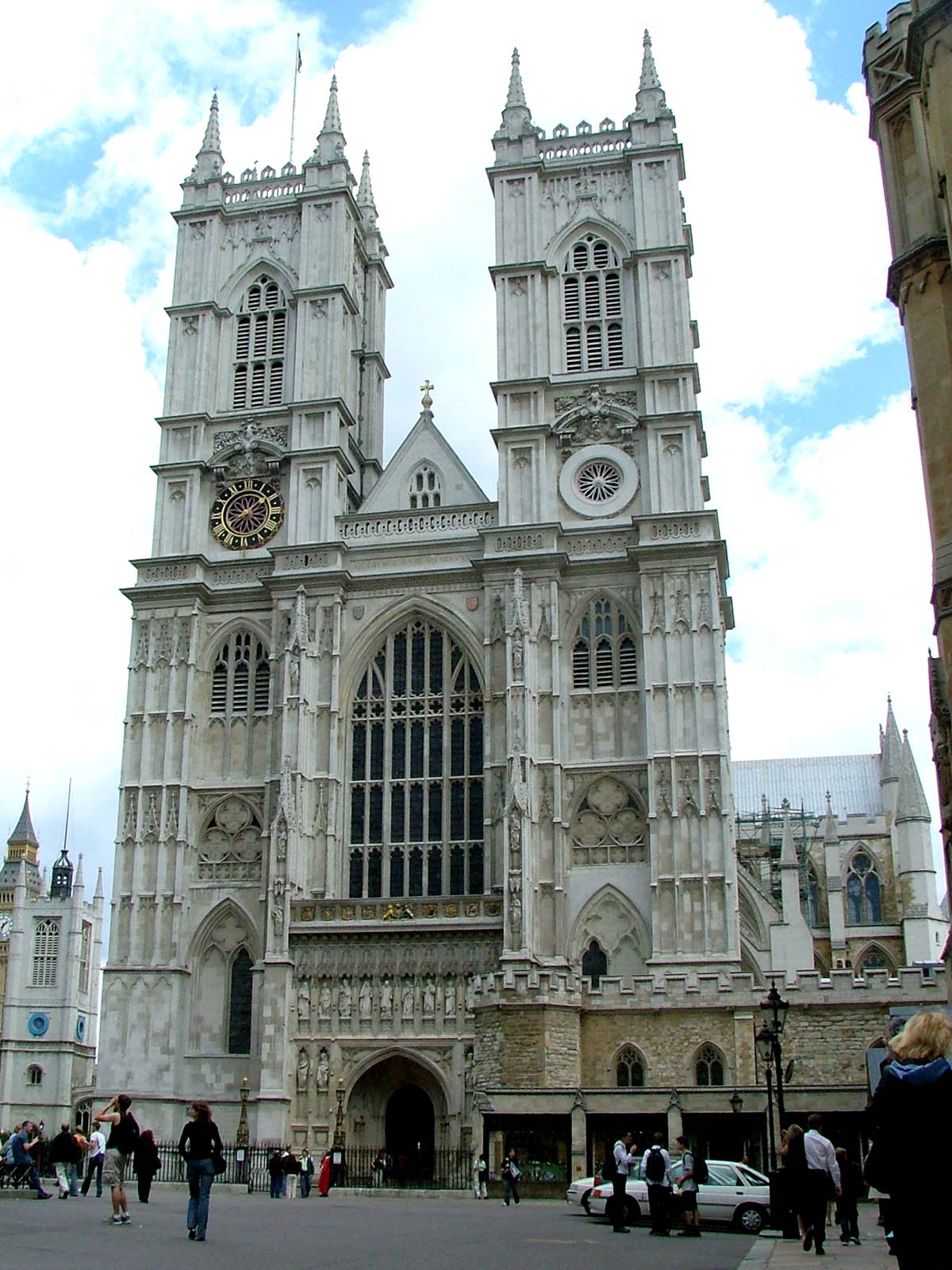 On this day in history, 30th April 1532, in the reign of King Henry VIII, lawyer James Bainham was burned at Smithfield.
On this day in history, 30th April 1532, in the reign of King Henry VIII, lawyer James Bainham was burned at Smithfield.
Bainham was married to the widow of reformer Simon Fish, a man who had also been charged with heresy, and the author of the religious pamphlet The Supplication of Beggars, which Anne Boleyn was said to have shared with Henry VIII.
Bainham had been condemned to death for heresy after denying the doctrines of transubstantiation and purgatory, and rejecting the recantation he made after being tortured and imprisoned in the Tower of London between December 1531 and his release in February 1532. His imprisonment and torture were ordered by Sir Thomas More.
Martyrologist John Foxe wrote of Bainham's burning:
"At whose burning, here is notoriously to be observed, that as he was at the stake, in the midst of the flaming fire, which fire had half consumed his arms and legs, he spake these words: "O ye papists behold, ye look for miracles, and here now you may see a miracle; for in this fire I feel no more pain, than if I were in a bed of down: but it is to me as a bed of roses." These words spake he in the midst of the flaming fire, when his legs and arms, as I said, were half consumed."
You can read John Foxe's account of James Bainham's life, beliefs, interrogation and torture, and execution at http://www.exclassics.com/foxe/foxe177.htm.
Notes and Sources
- Litzenberger, Caroline. “Bainham, James (d. 1532).” Caroline Litzenberger In Oxford Dictionary of National Biography, edited by H. C. G. Matthew and Brian Harrison. Oxford: OUP, 2004.



The story of him being whipped and tortured is nonsense. This has long been disproved and More himself denied it. Fox is not the most reliable source in the world and has been shown time and again to exaggerate. He was questioned, tried and later condemned. He wasn’t racked in More’s house. This is more Hilary Mantel. Peter Ackroyd and the more critical Richard Marius have found evidence that Fox in his later addition said he lied about More and the story wasn’t true, so why is it still repeated. More may have sent this gentleman to be burnt, as was the law but he didn’t order him to be tortured. This myth has been disproved years ago and I am shocked it is being reported on this usually reliable website as a fact. There is nothing to back up Fox’s claim and scholars have challenged it.
I’ve never actually read of it being disproved so I’d be interested to read more on this, so please do share your references. Oxford DNB hasn’t been edited at all to reflect this, so that’s interesting as they only accept bios from eminent historians and they seem to be edited to reflect new information. On there, Bainham’s biographer Caroline Litzenberger writes “More had him imprisoned in the Tower, where he was tortured”. She does use Foxe as a source, but there are various other sources listed with her biography. Perhaps it would be worth contacting them with further references. She cites Burnet as well and I checked that reference “G. Burnet, The history of the Reformation of the Church of England, rev. N. Poc*ck, new edn, 1 (1865), 270”, which you can read at https://archive.org/stream/historyofreformat01burn#page/270/mode/2up and Burnet also writes of More having Bainham whipped in his presence and then put to the rack. The editor of Burnet has put Foxe as a marginal note so perhaps Burnet drew on Foxe, it’s hard to say.
The story of Bainham being whipped at “the tree of troth” at Chelsea on More’s command also appears in Strype’s “Ecclesiastical Memorials” and although he did make use of Foxe’s work, he also used other 16th century documents and sources. It’s hard to know whether Foxe’s account just got regurgitated by others.
These are old historys, more modern scholarship takes the view that it was repeated from Fox who is a hostile source, but there are some academic papers on the subject. I don’t have the resources at the moment but I do at home. Burnets history is discussed in several biographies, but it’s now the opinion that after he was released Bainham spread the story himself after he recanted. It wasn’t the norm to torture heretics to get them to recant. There ard a few exceptions when it was used, unfortunately, to get names, as with Anne Askew, but More disliked torture. In his Apology he sets out exactly what he did and didn’t do, including chastising two youths for offences. One was a household servant who was stealing and had a habit of misbehaving and insulting the Eucharist, who he chastised, the other was lifting the skirts of women in church and he sent him to be wipped for public ludeness. More accepted this, but he only ever interrogated people at home, before either releasing them or sending them for trial. The story of Bainham being racked or held in a brace and then wipped is often repeated without any contemporary verification. Fox wrote 30 to 40 years later and he didn’t always have records to prove his stories. More was practically fanatical in his writing against heresy, but he sent fewer people to the stake than most others in authority at the time. It was also Bishop Storeskey who was responsible for interrogation of Bainham, not More. Thomas More was a magistrate and Lord Chancellor which meant it was partly his job to try heresy, although the main responsibility lay with the local bishops. Five cases are associated with More, three have been verified as personal involvement, two under his jurisdiction and one, Simon Fish, the sixth association, died in prison of disease, not at the stake. I was reading a few very good academic papers on this case and More and torture this morning and they are well worth a read. There is an excellent one on torture in England and the law which dispels many myths fron a few years ago, which also explores the Mark Smeaton case. Now I wonder if I have it still? Anyway, it’s interesting that some work has been done and I know how good your research is Claire and the time you put in, but if I can find the papers, I will give you the details.